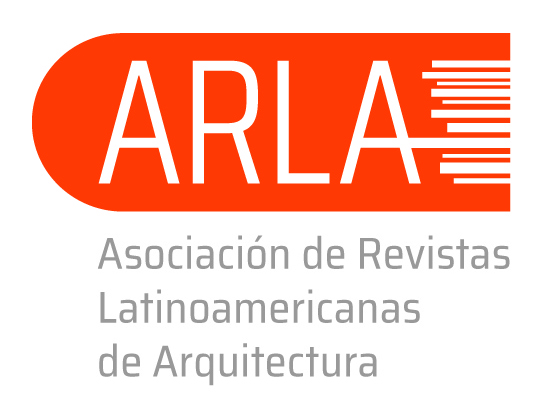Aesthetic evaluation of ground floor interfaces in a coastal city
DOI:
https://doi.org/10.14409/ar.v8i14.7013Keywords:
traditional buildings, contemporary buildings, aesthetic impact, ground floor interfaces, users’perceptionAbstract
The objective of this paper is to evaluate and compare the aesthetic impacts of ground floor interfaces of traditional and contemporary buildings in a coastal city, through three groups of respondents with different levels and types of formal education. Nine blocks divided into three groups were selected in the city of Capão da Canoa (Brasil), according to the predominance of the following characteristics: traditional residential buildings with doors and windows facing the street; traditional buildings with shops and services at ground floor; contemporary buildings with blind walls and garages at ground floor. Data were collected through the application of questionnaires via internet constituting three groups of respondents: 56 architects; 96 non-architects college graduated; 15 non-college graduated. Non-parametric statistical tests such as Kruskal-Wallis and Kendal were used to analyze the data. The results indicate, for example, that the respondents, regardless of their levels and types of formal education, tend to prefer scenes that represent the ground floor interfaces of traditional buildings, characterized by doors and windows facing the street.
Published
How to Cite
Issue
Section
License
ACCESO ABIERTO
ARQUISUR Revista es una publicación de acceso abierto y sin ánimo de lucro. No se imputan cargos por la recepción, revisión, evaluación, publicación ni acceso a sus contenidos. Se distribuye bajo una Licencia Creative Commons CC Atribución-NoComercial-SinDerivadas 4.0 Internacional (CC BY-NC-ND 4.0): No se permite un uso comercial de la obra original ni la generación de obras derivadas. Esta licencia no es una licencia libre, y es la más cercana al derecho de autor tradicional.
DESCARGO
Los criterios expuestos en los artículos son de exclusiva responsabilidad de sus autores y no reflejan necesariamente la opinión del Comité Editorial ni de la Dirección Editorial Técnica. Los derechos de los artículos publicados pertenecen a sus autores o editoriales. Los autores ceden sus derechos de publicación al Centro de Ediciones de la Universidad Nacional del Litoral de Santa Fe, Argentina.














